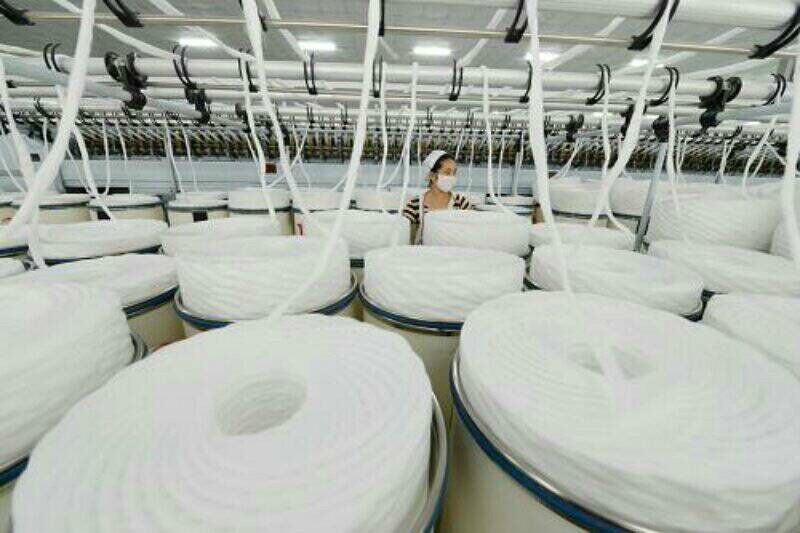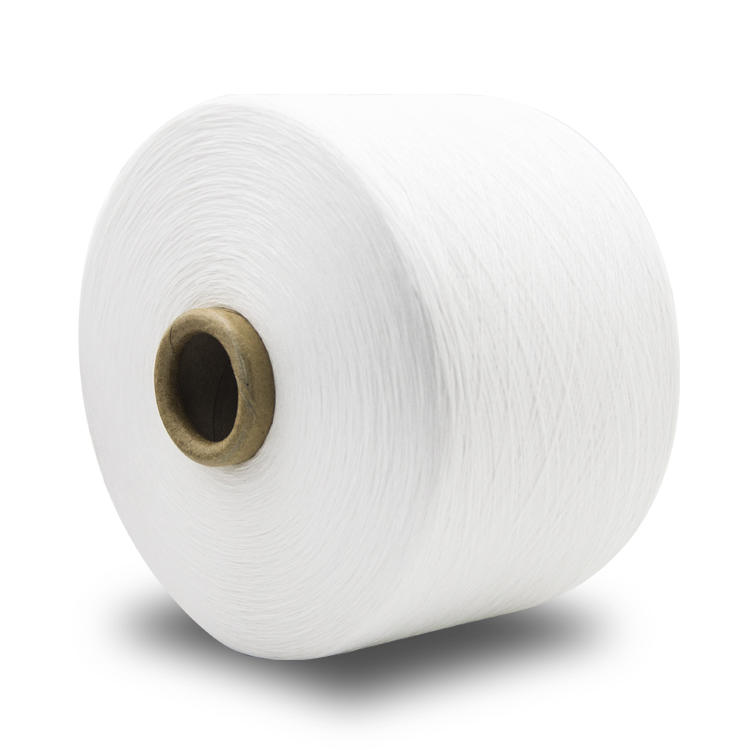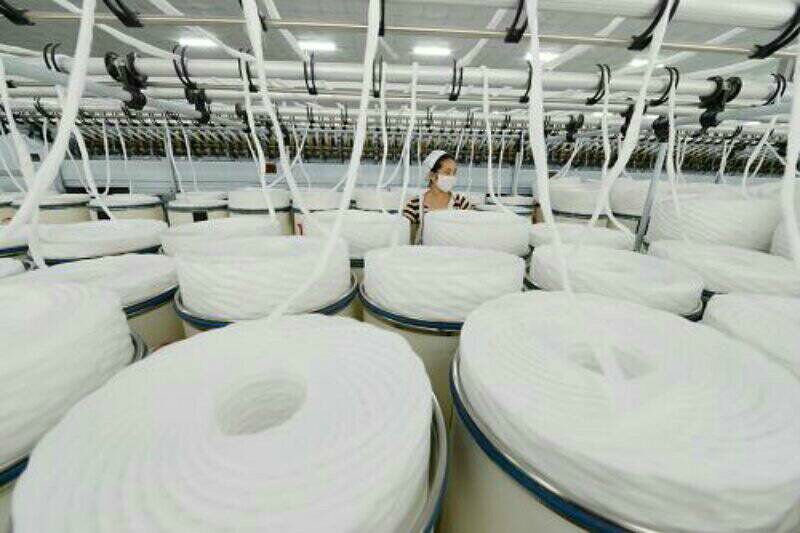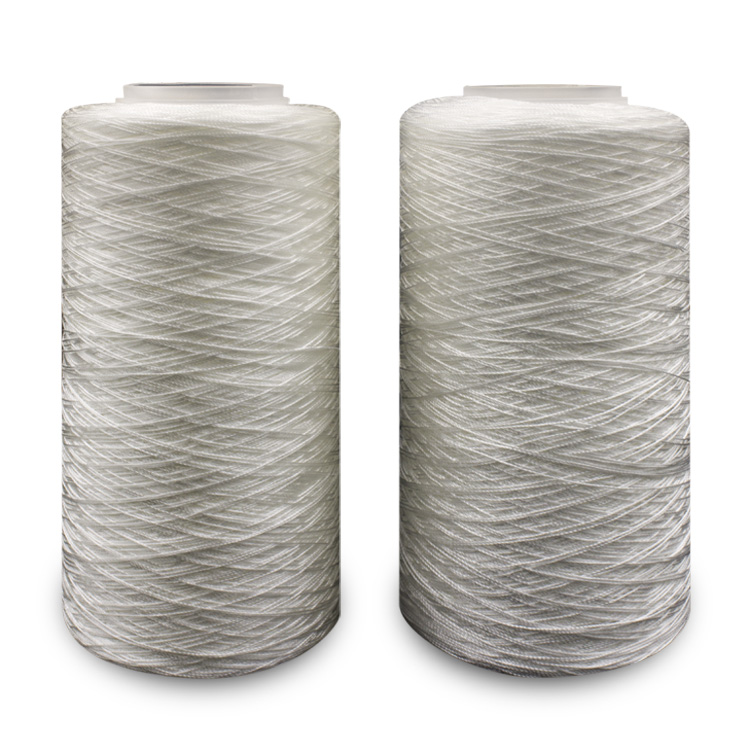
The global market is bullish on China's cotton industry!
From the perspective of cotton industry, the mechanism and transparency of China's cotton macro-control policies have stabilized market expectations in recent years, and the cotton target price reform in Xinjiang has achieved remarkable results. At present, China's cotton inventory is completed ahead of schedule, cotton output has experienced a continuous decline and gradually stabilized, the quality of cotton continues to improve, and the overall operation situation of the textile industry remains stable.

China's Market Influences the World
"In recent years, the degree of cotton mechanization/thread has greatly increased, and the speed of planting centralization is very fast." Ke Bingsheng, chairman of China Rural Professional Technical Association, said that with the continuous promotion of mechanized cotton planting, cotton area in Xinjiang has expanded rapidly, and the cotton planting area in the eastern region including the Bohai Rim and the middle and lower reaches of the Yangtze River has declined.
From the data point of view, it also reflects the trend of "westward migration" of cotton. In 2018, China Cotton Association counted 6.11 million tons of cotton output, which increased slightly from the same period last year. Xinjiang's cotton output reached a new high of 5.11 million tons, an increase of 11.9% over 2017, accounting for 84% of the country and an increase of 9.8% over the same period last year.
With the improvement of mechanization and centralization, the output and quality of China's cotton thread industry have improved, and China's cotton sewing thread market is becoming more and more important to the world market. Over the past five years, China has implemented a series of reform measures, including Xinjiang's cotton target price, the policy of cotton reserve rotation, and the reform of the quota distribution system for imported cotton. The cotton yarn area output and market expectations have remained relatively stable. According to statistics, from 2014 to 2018, the average cotton planting area in China was 5.02 million mu, and the average output was 5.68 million tons, accounting for 23% of the global output. The cotton planting area this year is 48.16 million mu, which remains stable.

On the market side, in recent years, China's cotton yarn industry regulation and control policies have gradually become institutionalized and predictable. Whether the increase of sliding allowance tax quotas or the rotation of reserve cotton have been announced in advance. ZF pays more attention to the accuracy and timeliness of market regulation. The fluctuation range of cotton sewing thread market price is gentle and there are no big ups and downs. China's position in global cotton production, consumption and trade is very important. As far as the market is concerned, the stability of the domestic cotton market also determines the stability of the global market.
In terms of supply and demand, the main contradiction in the world market in the past few years is excessive inventory. In recent years, China has continuously put a large amount of reserve cotton into the market, which has effectively promoted the balance of the global cotton market. "As a big country in the world cotton textile
industry, China's market influences the world, and the global market is still optimistic about China."
Domestic Demand Power Formation Support
Influenced by uncertainties such as international economic and trade frictions and transformation and upgrading of China's textile industry, retail sales and exports of China's textiles and apparel slowed down year-on-year in the first few months of this year. The trend of orders transferring to Southeast Asia and other countries increased, and some pessimism emerged in the industry. In this regard, professionals say that China is both a "world factory" and a "world market", with a huge domestic demand market and an obvious trend of consumption upgrading. From 2012 to 2018, retail sales of clothing, shoes and hats and knitted tetilexs in China maintained a steady growth trend, reaching 1523.1 billion yuan in 2018. There is no doubt that China will remain the world's largest textile and apparel consumer market. In the past two years, China's ZF has vigorously pushed forward the reform of tax reduction and fee reduction, encouraged innovation and optimized business environment, issued a series of policies and measures conducive to the long-term development of the industry, and formed a strong support for the domestic demand market.
Import data also reflect domestic demand capacity. In the past 15 years, the actual amount of cotton thread we import per year has far exceeded the WTO quota. On the other hand, according to the latest forecast of USDA, China's cotton consumption still accounts for 33% of the world's total, ranking first in the world.

Seeking Innovation, Seeking Change, Opening and Win-win
Cotton is a natural fiber yarn. As a competitor of cotton, chemical fibers have developed rapidly in the field of superimitated cotton polyester yarn fibers. There are many patents in China. They not only imitate the advantages of moisture absorption and soft color of cotton, but also improve some disadvantages of cotton, such as lighter weight, sweating, anti-ultraviolet and so on. Therefore, the cotton industry should not only rely on the advantages of natural fibers, but also need more breakthroughs.
Therefore, China's cotton industry requires new changes to enhance its ability to cope with risks.
First of all, in agricultural production, China's "big country small farmers" national conditions will exist for a long time, cotton yarn production is the same, mostly small farmers, small scale, poor risk resistance. Therefore, we should make full use of the Internet, big data and other emerging technologies to improve the level of production and sales management. For example, cotton farmers can gradually purchase agricultural materials and insurance through mobile app, join cooperatives and understand the market situation.
Secondly, in the field of circulation, traditional traders are also speeding up the transformation to modern integrated services traders, providing individualized and precise services for textile enterprises through innovative trading mode. At present, the new technological revolution promotes the rise of shared economy. Through sharing information, logistics, trading platforms and other resources, we can strengthen the joint cooperation among circulation enterprises and between upstream and downstream circulation enterprises. This will help to promote the allocation efficiency of resources, reduce the transaction cost of industrial chain, and create more new modes and new formats.
Finally, the upgrading of consumption and technological progress of textile industry also urgently need to accelerate the transformation of new and old development momentum, constantly bring forth new ideas in products and services, meet people's increasingly individualized and diversified needs, and promote the industry from capital-intensive to knowledge-intensive and technology-intensive.
Over the past 40 years, China's cotton output, import and demand have increased substantially. China's status as a big country in cotton and textile industry has benefited from the development of economic globalization. Under the background of uncertain external environment, China's cotton sewing thread industry should take the initiative to release the positive effects of economic globalization.
Professionals appeal that China's cotton and textile industries should actively participate in the global value chain remodeling in the process of global distribution, incorporate advanced concepts such as green development and sustainable development, and promote the economic and social development of the country and the region while enhancing their resource control capabilities of raw materials, brands and channels. Partners should create more opportunities and space for development and promote the development of cotton industry chain in a more equitable, efficient and higher level.




